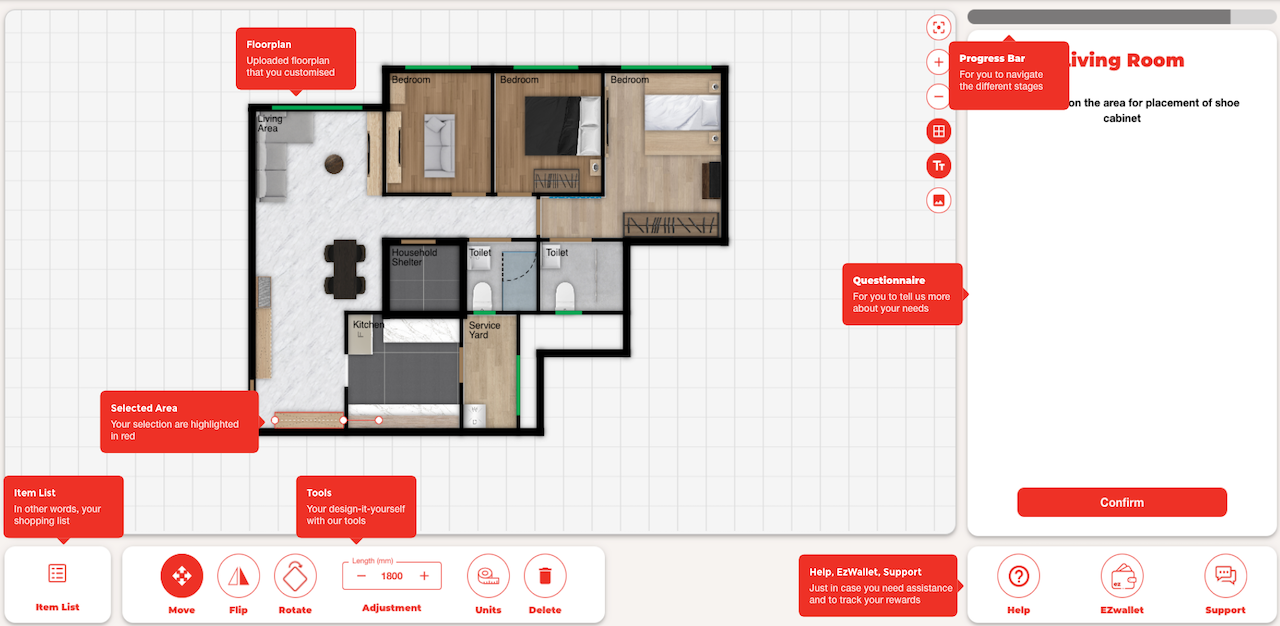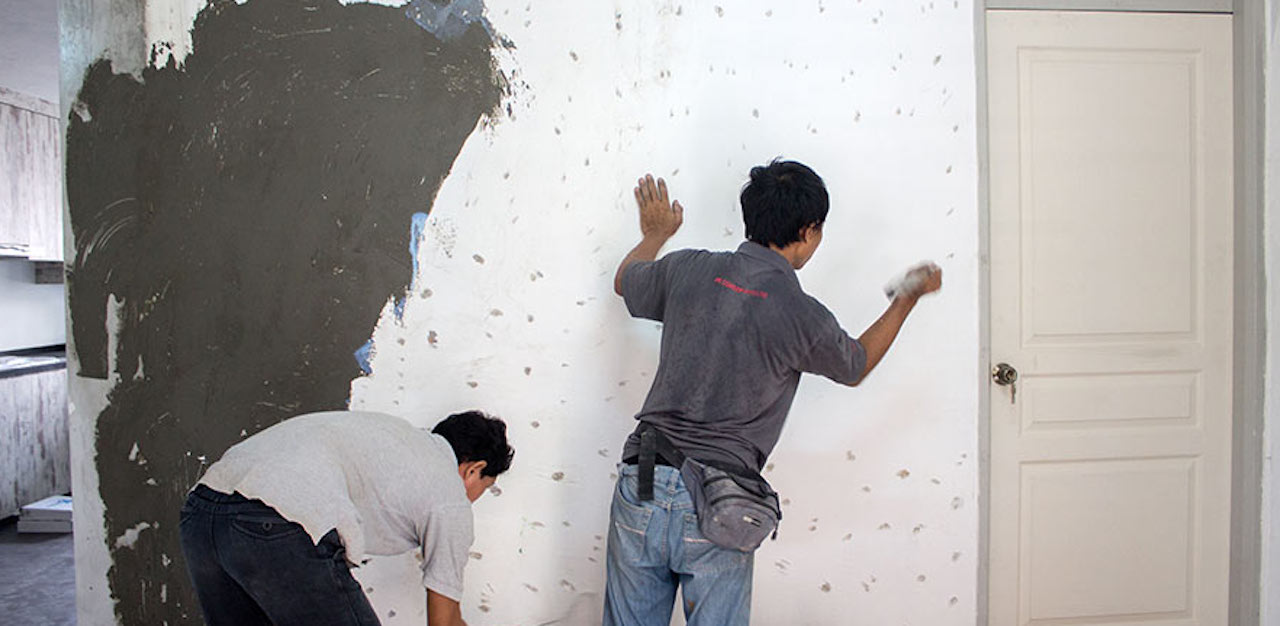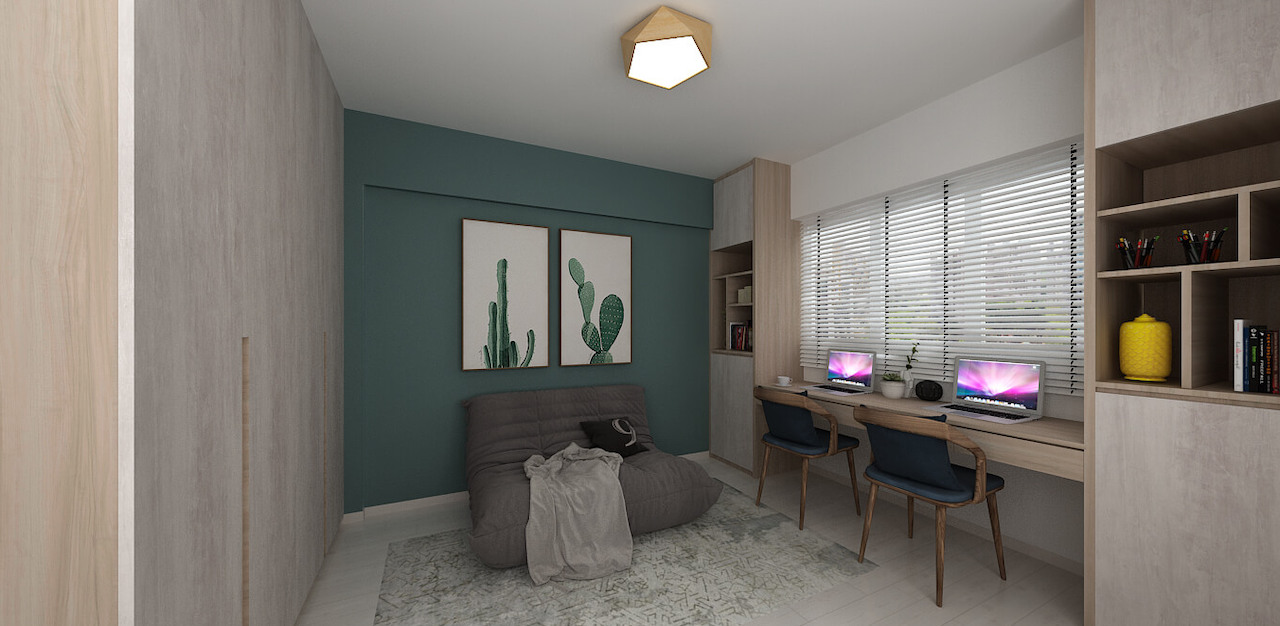They say technology is only as good as how much money and time it can save humankind. Whenever tech-enabled solutions replace less sophisticated ones, the reason is seldom a love of tech but more about our addiction to cost savings.
This tendency explains so many of the decisions that were made in the name of improving our modern economy, and also why certain jobs have and will inevitably become obsolete.
From proptech startups that make it effortless for homeowners to sell their properties independent of real estate agents to fintech solutions that make do-it-yourself (DIY) investing accessible to all, a common thread sticks out — technology serves to drive out the middleman.
A firm believer in the ‘direct-to-source’ philosophy, Homeez, Singapore’s first renotech startup, has started a rethink in the home renovation industry. Through a Sims-like experience, the startup’s DIY renovation tool, Design Now, leverages artificial intelligence (AI) and gamification to allow homeowners effortless autonomy in their home renovation.
For the uninitiated, Sims is a strategic life simulation game created in 2000 that imitates the daily activities of one or more virtual people (“Sims”) in a suburban household near a fictional city and players control customised Sims as they pursue career and relationship goals.
Akin to a simulation, users of Design Now can drag and drop pieces of furniture on a digital floor plan, select themes for the different rooms, create moodboards, and ultimately see their project come to life on the screen, completely free of charge.

With the help of AI, the tool then processes the customisations and renders three 3D drawings — something that would generally cost homeowners about $60 each according to Mr Shawn Ng, an interior designer from MET Interior.
Homeowners can then expect to be connected with the contractors in Homeez’s list of approved direct suppliers and merchants who will provide instant quotations.
“We took a leap of faith and jumped onto the tech bandwagon after seeing how successful unicorns have become by offering consumers direct-to-source prices,” Mr Jon Ho, co-founder of Homeez says.
Aspiring to be the “Taobao of renovation”, the startup claims to provide homeowners who fancy the idea of a DIY renovation cost savings of up to 60 per cent.
“This doesn’t mean that those with interior designers can’t use the tool. Many of our existing users are homeowners who hire freelance project managers and still benefit from direct-supplier cost savings on our platform,” he adds.
A “grey industry”
In an industry that has seen heightened costs and a labour crunch due to pandemic restrictions and border closures, the cost savings Mr Ho speaks of may prove highly attractive to many homeowners in the new normal.
Ms Aileen Ng, a manager in advertising who recently overhauled her parents’ apartment with a “20 per cent pandemic surcharge” recounts a renovation journey filled with ups and downs caused by pandemic-induced delays.
With workers and materials stuck across the border, Ms Ng says that she had to move into an unfinished apartment in August this year.
“Until today, the work is still incomplete,” she adds.
On top of the additional costs lies the issue of shoddy workmanship and the use of materials of inferior quality, which Mr Ho suggests are byproducts of a “very grey industry that lacks transparency and systems”.
“The renovation industry here has always been a very traditional human-to-human one, having seen no change over the last five decades. There’s a huge reliance on the middleman and labour, and a lack of any real protections for homeowners from unreasonable costs,” he adds.

According to the Consumers Association of Singapore (CASE), the industry has received the second highest number of complaints in the first half of 2021, just behind the beauty industry.
The number of complaints against renovation contractors was close to double that of last year’s, from 312 before to 621 this year.
About 48 per cent were from consumers dissatisfied with the quality of the renovation works, while one-third of the complaints were about contractors failing to complete projects on time.
CASE said that the increase in the number of complaints is likely due to a prolonged shortage in manpower and raw materials arising from the Covid-19 pandemic.
Homeez intends to change this.
“We hope our disruption of it with the right kind of tech will enable families to enjoy the renovation process without fear of any sort of nightmare scenarios,” Mr Ho says.
While certainly not a nightmare, Ms Jasmine Yeo, an accountant who moved into her new BTO apartment last year, shares her experience engaging an interior designer who was not honest about her situation.
“Our ID had actually resigned before we met, but she let us sign the contract anyway and came clean only a few months later,” Ms Yeo says.
“We got her to conceptualise our project and help us visualise it, but she didn’t even provide 3D drawings. If we had known about Design Now then, we wouldn’t have needed an ID,” she adds.
Looking back at her renovation journey, Ms Ng expresses similar sentiments. While having an interior designer’s eye on the conceptualisation of the project was helpful, she maintains that most of the value actually came from project management.
The future of reno?
Mr Ho believes the technology and solutions behind Homeez can eventually lead to a more accountable industry, one in which both homeowners and contractors are equally protected and where there are no conflicts of interest.
“The idea is to digitise the initial stages of a home renovation, then standardise the later stages through systems. For example, we act as an impartial third party in our use of escrow to pay suppliers on behalf of homeowners progressively at set milestones. This ensures a regulated environment,” Mr Ho says.
“We only connect homeowners with a list of trusted merchants and direct suppliers. Quotations are instantaneous, works come with warranties and a lowest-price guarantee,” he adds.
Skeptical of the often chimerical price guarantee, TheHomeGround Asia asks Mr Ho how Homeez intends to deliver
“Suppliers and contractors may offer different quotes, but the cost price at the source is always going to be the same. By connecting homeowners with the source, we aim to standardise prices across the board,” he shares.
But while Homeez’s Design Now tool seems bent on driving out the middleman, interior designers, like Mr Ng from MET Interior, believe they can coexist perfectly.
Mr Ng sees the AI tool as a valuable addition to the home renovation process and a supplement to the work of interior designers. For one, it will certainly have its users, mainly homeowners who have good ideas of what they want their homes to look like, but also interior designers who may leverage the tool in their own work.

“But I don’t think it’s futuristic, at least not in its current form,” he says. “The majority of homeowners don’t wish to DIY. Also, how is it going to provide 3D drawings that are as accurate as what we can currently achieve with AutoCAD and SketchUp if they have never seen the actual unit?” Mr Ng adds.
“Some people will use it, but I’m not too worried. There is space for both jobs.”
Ms Ng agrees that some limitations of the tool make it less viable as a complete substitution for the interior designer.
“I’m not sure if it’ll work for people who want built-in and custom furnishings. It’s a good tool to play around with when planning but it still needs some work,” she adds.
But Mr Ho has big plans not just for Homeez but the industry at large.
“We intend to continue pushing this space by creating systems for companies to adopt for their own processes and to ultimately revolutionise and digitalise the entire industry.”
Join the conversations on TheHomeGround Asia’s Facebook and Instagram, and get the latest updates via Telegram.














